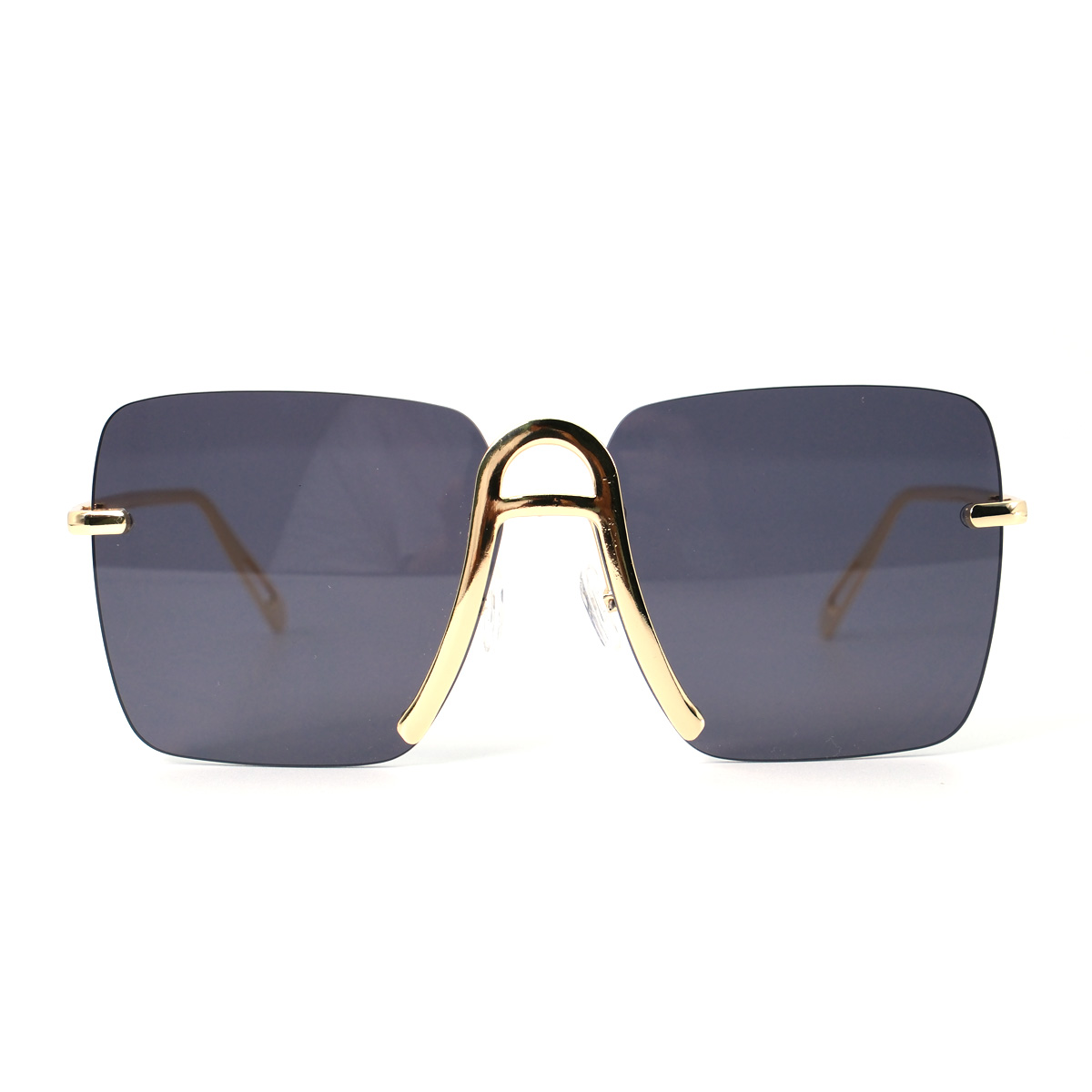Choosing Sunglasses: Optimal Materials and Colors for Maximum Eye Protection
Selecting the right sunglasses is essential not only for style but also for protecting your eyes from harmful ultraviolet (UV) radiation. The choice of materials and lens colors significantly impacts the effectiveness of sunglasses in safeguarding your vision. In this article, we will explore the most suitable materials for sunglasses and delve into the science behind lens colors to help you make an informed decision when selecting sunglasses that provide optimal eye protection.
Materials for Sunglasses:
1. Polycarbonate:
Polycarbonate is a popular material for sunglass lenses due to its inherent durability and impact resistance. It offers excellent protection against physical damage, making it ideal for sports or outdoor activities. Polycarbonate lenses are also lightweight, making them comfortable to wear for extended periods.
2. Trivex:
Trivex is another lightweight and impact-resistant material that provides superior optical clarity. It offers similar advantages to polycarbonate lenses, making it a suitable choice for active individuals who require both durability and clear vision.
3. Glass:
Historically, glass was the primary material used for sunglasses due to its excellent optical qualities. Glass lenses provide exceptional clarity and scratch resistance, but they are heavier and more prone to breakage compared to other materials. However, advancements in lens technologies have made glass less common in modern sunglasses.
Lens Colors and Their Impact:
The color of sunglass lenses affects how they filter light and enhance visual perception. Different lens colors serve varying purposes and work best in specific conditions. Here are some commonly used lens colors and their benefits:
1. Gray:
Gray lenses are popular because they maintain true color perception while reducing overall brightness. They provide excellent protection against glare without distorting colors, making them suitable for general outdoor use.

2. Brown/Amber:
Brown or amber lenses enhance contrast and depth perception, making them ideal for activities like driving, fishing, or other sports where clear vision and accurate color representation are crucial. They also reduce blue light, which can cause eye fatigue.
3. Green:
Green lenses offer similar benefits to gray lenses, reducing brightness and providing natural color perception. They excel in enhancing contrast, making them a good choice for outdoor activities in bright conditions.
4. Yellow/Orange:
Yellow or orange lenses are particularly effective in low-light conditions. They enhance depth perception and improve contrast, making them suitable for activities like skiing, shooting, or cycling during cloudy or foggy weather.
5. Mirror Coatings:
Mirror coatings are applied to lenses to reduce the amount of light passing through them. They offer additional protection against intense sunlight, making them beneficial for activities in highly reflective environments, such as snow or water sports.
Considerations for Lens Colors:
1. Lighting Conditions:
Consider the lighting conditions in which you will primarily use your sunglasses. Darker lens colors, such as gray or brown, are suitable for bright outdoor environments, while lighter lens colors, like yellow or orange, are better for low-light conditions.
2. Personal Preference:
Individual preferences and visual comfort play a significant role when choosing lens colors. Some people may find certain colors more visually appealing or soothing, enhancing their overall wearing experience.
3. Specific Activities:
Consider the activities you will engage in while wearing sunglasses. Certain lens colors, such as brown or amber, are well-suited for driving or water activities, while others, like yellow or orange, are more suitable for specific sports or hobbies.
Selecting sunglasses with the right materials and lens colors is crucial for optimal eye protection and visual comfort. Polycarbonate and Trivex lenses offer durability and impact resistance, while glass lenses provide exceptional clarity. Gray, brown, green, yellow, and orange lens colors each serve specific purposes, enhancing contrast, reducing glare, and improving color perception in different lighting conditions. Understanding the science behind lens colors and considering factors such as lighting conditions, personal preference, and specific activities will help you choose sunglasses that not only complement your style but also provide maximum eye protection. Remember to consult with an eye care professional to ensure the best fit and prescription if needed.
